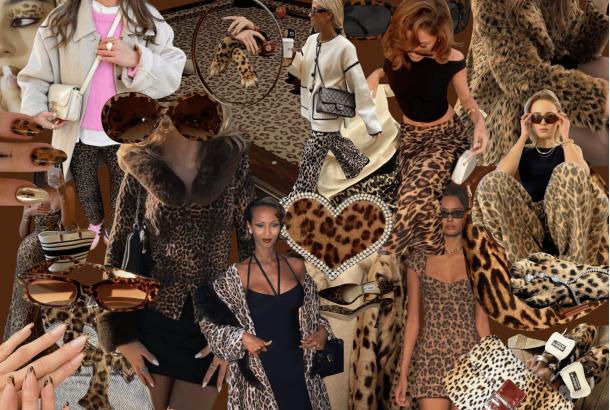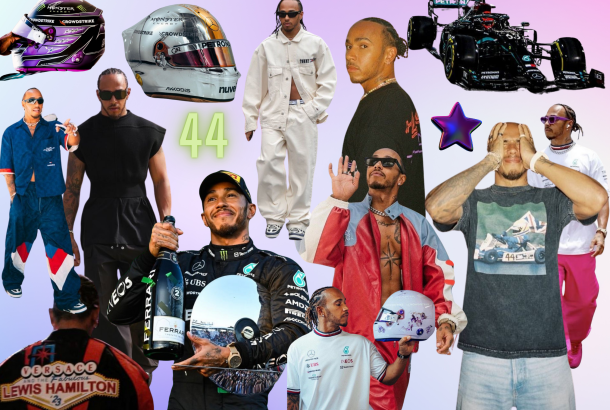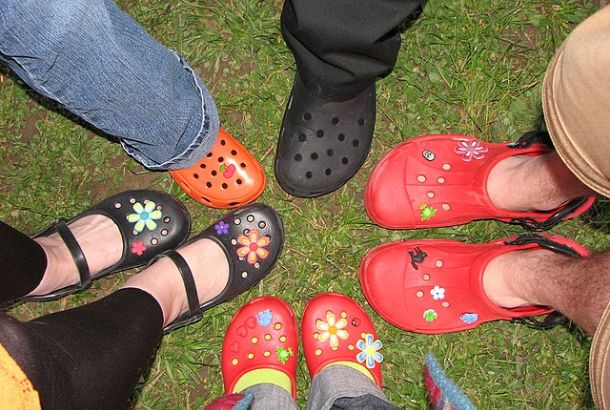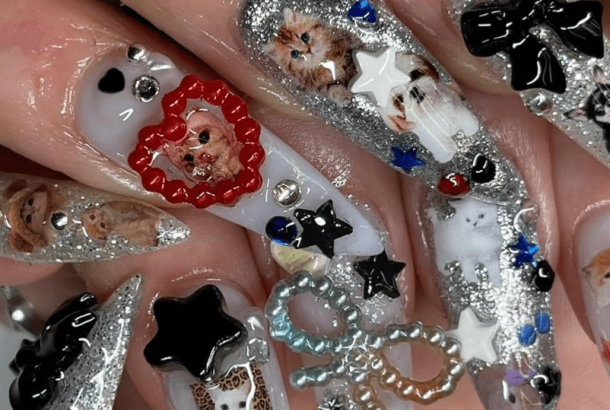Overconsumption of second hand fashion: The rise of Vinted and Depop
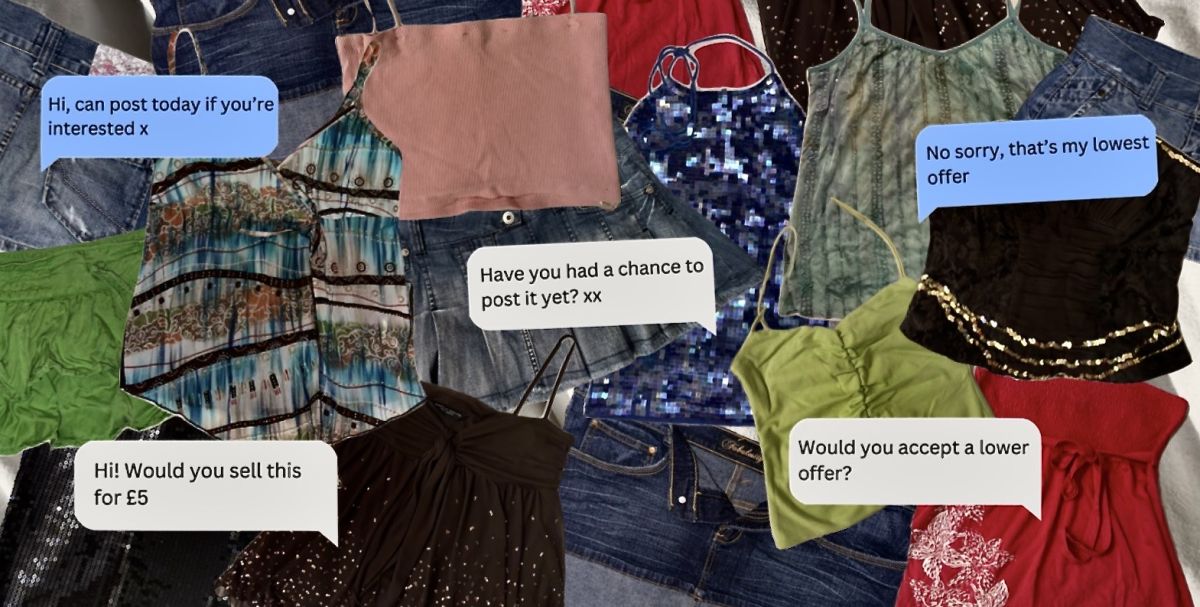
Words by Jeanie Mackey Myers
Buying second hand is the guilt-free way to enjoy fashion. Cheap and good for the planet, what’s not to love? Perhaps this lack of guilt is the reason we’re allowing ourselves to over-consume. Social media is littered with charity shop hauls, and with Vinted reporting a 680% growth since June 2023, it is undeniable that the popularity of second hand fashion is rapidly rising.
This newfound cultural obsession has brought many benefits: it promotes creativity, sustainability, and accessibility. It’s easy to think “Why does overconsumption matter if it’s second-hand? It doesn’t hurt the environment.” However, second hand fashion isn’t as sustainable as we think, nor is it good for us, and the real key to enjoying fashion sustainably may just be to buy less.
Why do we keep buying?
With 86% of women saying that social media influences their buying decisions, it clearly plays a big role. Those Vinted hauls on TikTok aren’t just fun to watch. Although they may be less blatant than a PrettyLittleThing sponsored haul, they’re still influencing us to consume. TikTok is essentially one big shopping channel.
The trend cycle is only speeding up with a new aesthetic and identity becoming popular each week; the pressure to keep up can be immense and it’s driving us to over-consume. For many of us, the clothes we wear send a message. They form part of our identity. They also allow us to fit in with others.
I bought Adidas Sambas because I felt uncool in my Converse. I feel cool now but come the summer I won’t, and will probably be on the hunt for new trainers. Aren’t Sambas out of fashion even now? They don’t really fit the ‘mob wife’ look.
Are we addicted to consumption? The short answer is yes. We are desperately deprived of social spaces, connections, identities, and subcultures thanks to social media. Many of us have less to occupy ourselves with now, and with the loss of the third place, our new source of entertainment is over-consuming social media, including fashion content.
We no longer find a band we love, join the community that surrounds it, and pick up new style inspiration from them. We find a slightly sped-up audio on TikTok to do our OOTD video to, and then hop onto Vinted to order a new Y2K so-Lorelai-Gilmore-top to go with our baggy Motel Rocks jeans that we were influenced to buy.
It feels like as long as we allow social media to take over the cultural aspects of our lives, such as sport, art, and music, which form our true identity, we will continuously over-consume in search of that new top which will finally make us the ‘It girl’. The cool girl. The easily influenced girl?
The rise of Vinted and Depop
When Depop launched back in 2011 its unique mix of Pinterest and Instagram-style layouts made the app stand out. This small start-up soon found itself a billion-dollar company with 14,000 items being made available each day on the app, and with some even making Depop their full-time job.
Society’s increasing focus on sustainability in the past decade has only enabled Depop to grow further. As Depop grew, sellers’ pages became increasingly curated, and shopping from Depop became the cool thing. This caused prices to rise, which didn’t go unnoticed by the buyers.
The gentrification of the app has been criticised, citing the fact that users sell low-quality items for disproportionally high prices. Who remembers the Brandy Melville era? As well as this, charity shops are raising their prices to try and get a slice of the ‘Depop girly’ pie. Unfortunately, this is making necessary clothing inaccessible to those on tight budgets.
One positive to come from the gentrification of the app is that it has kept overconsumption down- with higher prices, people simply couldn’t afford to buy as much. That was until Vinted came along. Vinted, despite launching in the UK in 2014, didn’t become popular until post-lockdown in 2021.
As seller’s fees were covered by the buyer, unlike Depop, and with many of us having our post-pandemic wardrobe clear out, Vinted rose up the ranks. The thing that sets Vinted apart from Depop is its pricing.
Vinted does not have the aesthetic curated listings, and is yet to experience the ‘Depop girly’ gentrification, meaning prices have stayed low. These low prices and the abundance of items (which is only enlarged by increasingly rapid trend cycles thanks to TikTok), have led to an explosion in the consumption of second hand fashion.
Vinted is becoming the new Depop, and has been branded as the latest cool place to shop. This newfound popularity and the low prices are encouraging us to consume like Depop never could. And of course, the convenience of these apps doesn’t help, with the luxury of filtering out products and home delivery making it easier to consume.
The reality of second hand fashion
Despite second hand fashion being a great way to embrace sustainability, it has not escaped the trend cycle. Buying trends, even second hand, is still overconsumption, especially considering the rapid rate of the trend cycle and dreaded micro trends.
Unfortunately, those second hand leopard print coats we all bought are still a micro trend, and despite being better than fast fashion, they will go out of style. But we think it’s okay, because we can just donate them. We can, but with 84% of all donated clothes ending up in landfill, the real key to consuming fashion sustainably may be to buy less.
It could be argued that over-consuming second hand fashion prevents it from entering the landfill. But what will we do in 20 years with all the clothes we own that we probably don’t like anymore? Donate them? They’ll likely just become part of that 84%, 20 years later.
Regardless of where we buy from, if we are over-consuming it can never be sustainable. Even if we continue to like all the clothes we purchase, they probably won’t survive another 20 years due to their poor quality. Many of the things we buy second hand are originally fast fashion, meaning they aren’t made of good quality material and will deteriorate over the next few years – whether that’s ripping, snapping, or bobbling.
Although as consumers we have the power of choice, ultimately it’s up to the big brands to make a change. Fast fashion companies produce vast amounts of clothing, overfilling their stores, and pressuring us to keep on buying through social media.
They are also responsible for the poor quality, so even when you buy a classic versatile piece, it will probably break in a year and you’ll have to buy it again. The only reason we have access to so much second hand fashion is because of the extensive production by fast fashion companies.
You may be feeling a little discouraged right now. Of course, this is not your sign to give up on second hand fashion. Second hand fashion will always be better for the planet, more ethical, and more fun.
If like us, you strive to be as ethical as possible with your fashion purchases and as economical as possible, our best advice would be to simply buy less. Be conscious of not falling into the trap of trends, find your own personal style, and buy good-quality pieces if possible.
In addition to this, when shopping second hand look out for true vintage items, because they are often of far greater quality. And of course, get creative. Re-wear and repair, learn to sew, and try new ways of styling the clothes you own.
